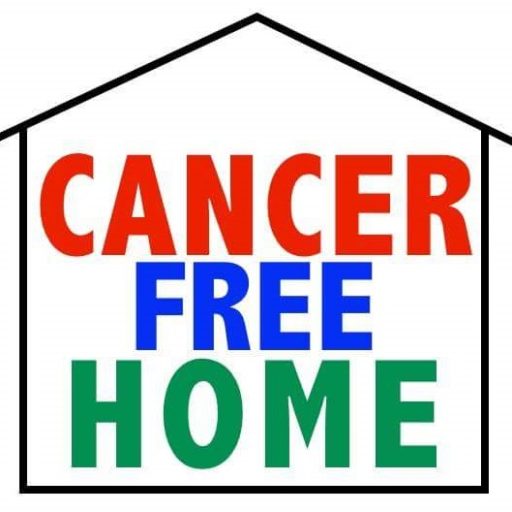Cancer and Air Pullution

The link between cancer and air pollution is so strong that the World Health Organization, the International Agency for Research on Cancer (IARC), has classified outdoor air pollution as carcinogenic to humans (Group 1). Here in the U.S.? Ah, not so much.
The US focuses on the individual chemicals and tiny particulate matter that might be lurking in your air. The American Lung Association is the driving force (non-profit) behind research and its relationship to cancer and air quality. They recently produced a report, called The State of the Air 2016, concluding that half, as in 50% of Americans live in unhealthy ozone or particle pollution with potential and serious health risks.
I am often asked very thoughtful questions from people with cancer about how to get rid of this or that, or how to do something instead of something else. Sometimes these concerns center around small exposures where consequential health risks are very improbable. To calm their panic, I will often come back with, “Please relax about this, step back and know that there are probably more toxins in the air you breath, that you can do nothing about, than to over worry about your concern in question.”
Not a nice scenario, but it is reality. The real reality is our outdoor air can be very polluted. And the EPA says our indoor air is even more polluted. Yikes.
That’s why the Anticancer Lifestyle Program suggests keeping your air clean as their second most important key factor for change. (You can take the course FREE class here.) The course offers a lot of great tips for having good quality air. But if you want some quick tips, here goes:
1 – Occasionally open windows for a good air exchange. (Just not on bad air days!)
2 – Use lots of houseplants to help keep the air fresh. More on that later.
3 – Use carbon catchers, like activated charcoal.
4 – Don’t pollute – burning things, air fresheners, fragrance, etc.
5 – Wear a mask when appropriate.
6 – And of course you don’t smoke – anything!
Now breathe!




